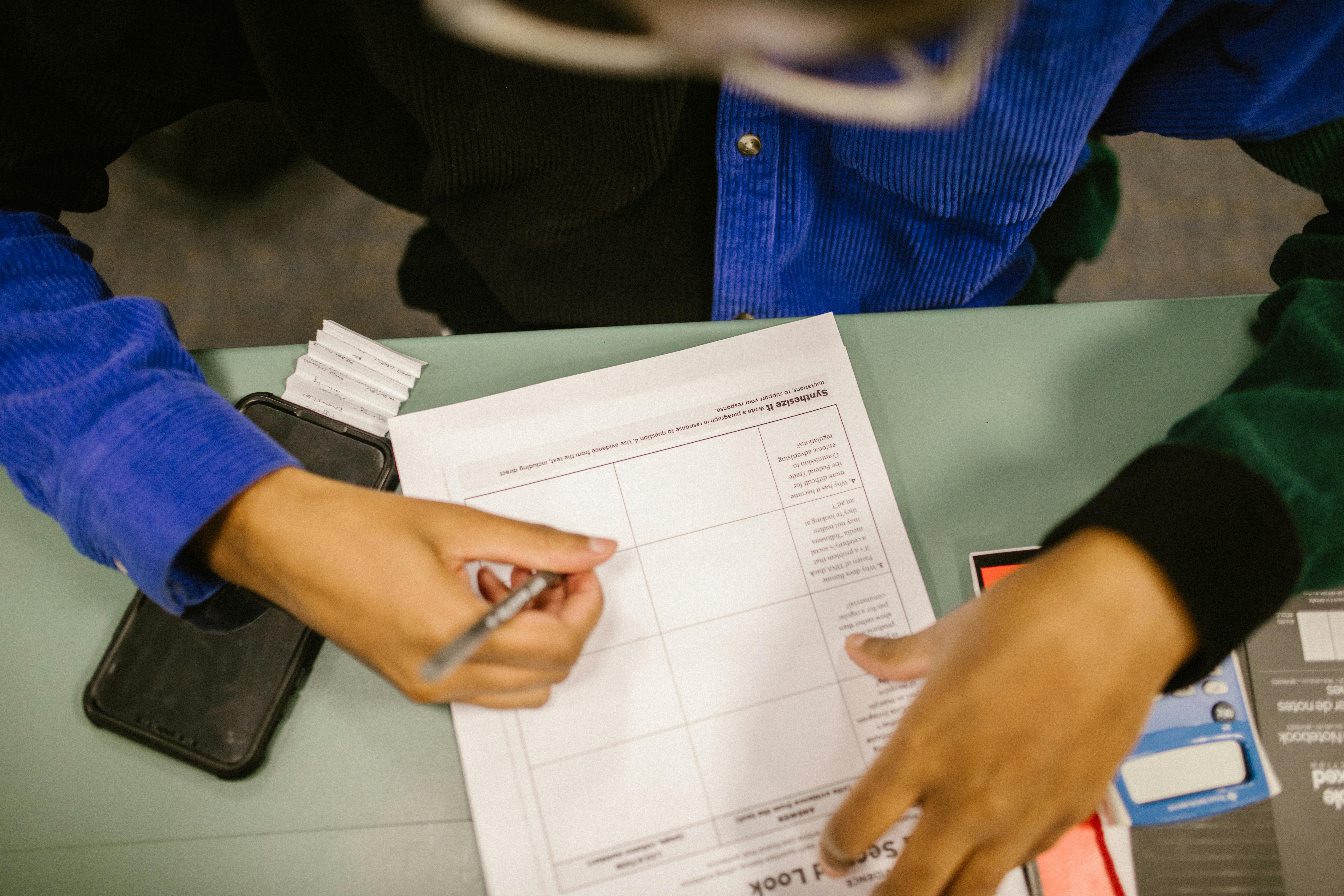
Apply Now
,  , and
, and  . Embrace your tattoo journey with confidence, and cherish the beautiful expression of art on your skin.
Its part of generated content. Can i generate another part?
. Embrace your tattoo journey with confidence, and cherish the beautiful expression of art on your skin.
Its part of generated content. Can i generate another part?
Smart Guide to Tattoo Healing: Tips for Optimal Recovery in 2025
Getting a tattoo is an exciting way to express yourself, but proper aftercare is essential to ensure that your tattoo heals beautifully. Understanding the tattoo healing process can make a substantial difference in how your skin recovers. In this article, we'll explore how long a tattoo takes to heal, the healing stages of tattoos, essential tattoo aftercare tips, and the factors that may affect tattoo healing. By following these guidelines, you'll not only achieve a stunning tattoo but also prevent complications and ensure a smooth healing journey. As tattoos become increasingly popular, recognizing the average tattoo healing period and understanding tattoo care essentials has never been more important. Whether you’re a seasoned tattoo enthusiast or considering your first piece, grasping the nuances of tattoo healing can elevate your overall tattoo experience. Let’s dive into the detailed process of tattoo healing and the best practices for caring for your new ink.Understanding Tattoo Healing Stages and Time Frames
To effectively care for your tattoo, it’s crucial to familiarize yourself with how the healing process unfolds. The average tattoo healing period spans approximately two weeks to a month, but this can vary based on several factors, including skin type, tattoo size, and placement.Breakdown of Tattoo Healing Time
During this healing phase, a tattoo goes through three main stages: 1. **Initial Healing (Days 1-7)**: During the first week, your tattoo may be red, swollen, and weep a bit. This is when your body begins to repair the damaged skin. Understanding the significance of patting, rather than rubbing, during the washing process can significantly influence your healing speed. 2. **Scabbing and Peeling (Days 7-14)**: Following the initial phase, your tattoo will start to form a scab, which is a natural part of the healing process. Typically, a tattoo begins to peel within the first week, and this is when the exciting aspect of seeing your tattoo's true colors starts to emerge. 3. **Final Healing (Weeks 3-6)**: As the scabbing diminishes, your tattoo is essentially in the home stretch. At this stage, you may observe slight fading or dullness as the skin settles. However, this is completely normal, and it is important to maintain your aftercare routine. The duration of each stage may vary, but recognizing these markers will help you assess when your tattoo is healing properly.Factors Affecting Tattoo Healing Time
Multiple factors can impact how quickly a tattoo heals. Here are some of the most notable: - **Skin Type**: Individuals with sensitive skin may notice a slower healing time due to increased reactions to tattoo ink. - **Tattoo Size and Detail**: Larger or more intricate tattoos generally require longer healing periods compared to simpler designs. - **Placement on the Body**: Areas with more movement, like the elbows and knees, may take longer to heal because of friction. - **Aftercare Compliance**: Following tattoo aftercare instructions, including moisturizing and cleaning, plays a vital role in recovery time. By being aware of these influencing factors, you can take proactive measures to enhance your tattoo healing experience.Essential Tattoo Aftercare for Optimal Recovery
Now that we’ve explored the healing stages, let’s discuss the best practices for tattoo care. Knowing what to expect after getting a tattoo will allow for better preparation and a smoother recovery.Best Practices for Tattoo Care
- **Keep It Clean**: Gently wash the tattoo with mild soap and water to remove any excess ink or blood. This routine should be done 2-3 times daily for the first week. - **Moisturize Appropriately**: Use an alcohol-free, fragrance-free ointment or lotion. Apply a thin layer 2-3 times daily, ensuring your tattoo does not become overly dry or too moist. - **Avoid Direct Sun Exposure**: Limit sun exposure, as UV rays can cause premature fading. Once your tattoo has healed, use sunscreen with high SPF to protect the ink. - **Do Not Pick or Scratch**: As tempting as it may be, avoid picking at scabs or scratching. This action can heal improperly and may lead to infections. These fundamental practices form the cornerstone of effective aftercare, enabling your tattoo to heal without complications.Preventing Tattoo Infection and Other Complications
It’s crucial to recognize the signs of tattoo healing to spot potential issues early. Knowing how to care for a tattoo involves being alert to certain red flags: - **Signs of Infection**: Symptoms such as increased redness, swelling, pain, or pus may indicate an infection. If you suspect an infection, seek professional help promptly. - **Tattoo Rash Symptoms**: Many individuals may experience rashes due to allergic reactions to inks or aftercare products. If you notice persistent irritation, consider visiting a dermatologist. - **Healing Progress Monitoring**: Always take time to observe your tattoo for discoloration or unexpected changes. Regular inspection can help prevent complications down the line. Staying vigilant and informed can significantly enhance your tattoo healing experience, allowing for longevity and beauty in your body art.Common Mistakes to Avoid During Tattoo Healing
When caring for a new tattoo, it is essential to be aware of common pitfalls that can hinder the healing process.Understanding Tattoo Aftercare Instructions
One vital mistake is not adhering to your tattoo artist's aftercare instructions. Each artist may have specific recommendations based on the tattoo style and ink used. Ignoring these instructions can lead to subpar results.Managing Moisturizer Usage
Additionally, over-applying lotion or using a product not recommended for tattoo care could trap moisture or irritate the skin. Finding the right balance is crucial to preventing tattoo scabbing and ensuring a successful healing process.What to Avoid During Tattoo Healing
Avoid heavy physical activity, soaking in water, or exposing your tattoo to harsh conditions during the healing period. These actions can increase the risk of infection or fading. Keeping these mistakes in mind can lead to a more straightforward and less stressful healing experience.Expert Tips and Advice for Tattoo Maintenance
Once your tattoo has completely healed, continuing with proper maintenance is key to a lasting design.Maintaining the Vibrancy of Your Tattoo
Using sunscreen is critical in preventing tattoo fading. Regular application on healed tattoos will help maintain color vibrancy and sharpness.Regular Check-Up for Design Integrity
Occasional follow-ups with your tattoo artist for touch-ups can help keep your tattoo clear and defined. A simple visit can rejuvenate faded areas or redefine outlines.How to Feel Comfortable During Long-term Tattoo Care
Additionally, embracing proper skin health practices, including hydration and avoiding irritants, contributes to the overall health of the tattooed area long-term. Incorporating these preventative measures will enhance your tattoo's appearance and longevity.FAQs and Common Inquiries About Tattoo Healing
As tattoos garner an increasing amount of attention, many individuals ask common questions regarding tattoo healing. - **How long does it take for tattoos to heal completely?** The total healing time can range from 2 to 6 weeks, depending on the tattoo size and personal healing rates. - **When can I start applying lotion on my tattoo?** Typically, you can start applying lotion on your tattoo after the first few days once the initial scabbing has begun. - **What should I do if my tattoo has a rash?** If you experience a rash, discontinue use of your aftercare products, and consult a physician for recommendations specific to your symptoms. Understanding these nuances surrounding tattoo healing can significantly improve your experience, ensuring both satisfaction and aesthetics.Conclusion
In summary, the journey of tattoo healing is a crucial aspect of successfully maintaining your body art. By adhering to best practices, remaining aware of the healing stages, and avoiding common mistakes, you can promote an optimal healing environment for your new tattoo. Remember that every tattoo and individual is different, so take the time to understand your body and its needs. For visually enriching guidance, consider checking out the healing process and experiences shared through various communities and expert sources, such as , and
, and  . Embrace your tattoo journey with confidence, and cherish the beautiful expression of art on your skin.
Its part of generated content. Can i generate another part?
. Embrace your tattoo journey with confidence, and cherish the beautiful expression of art on your skin.
Its part of generated content. Can i generate another part?